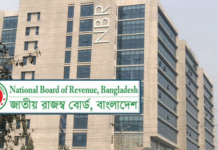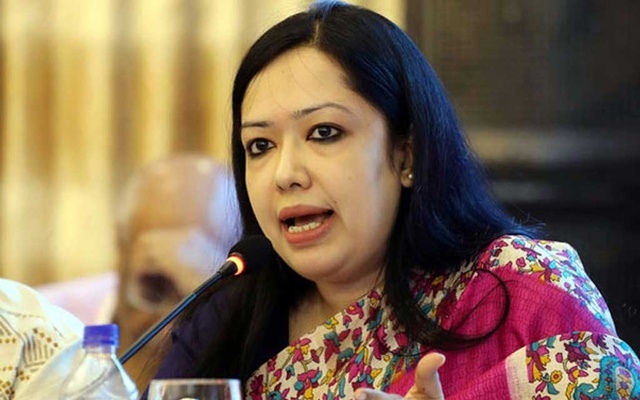
Bangladesh has registered a steep fall in foreign direct investment (FDI) in the first six months (July-December) of the current 2024-25 fiscal year.
During the period, overseas investment in the country dipped by more than 71 per cent or nearly three quarters, compared to the same period of the last fiscal year.
The finance ministry made the disclosure in its report on macroeconomic situation submitted to the chief adviser on Sunday.
According to the official data, foreign investment in the first six months of the current fiscal year stood at just $213 million, a sharp decline from $744 million during the same period last year.
Foreign investment has been sluggish for a long period of time, with little improvement in the business environment. Local investment has also been stagnant, which experts believe is a key factor behind the decline in foreign investment.
According to local entrepreneurs, without an increase in domestic investment, foreign investment is unlikely to rise.
Mustafizur Rahman, distinguished fellow of the Center for Policy Dialogue (CPD), told Prothom Alo, “We have institutional weaknesses when it comes to ease of doing business. Besides, there is the issue of ongoing political uncertainty, which is deterring new foreign investments. Here, the few foreign investors who are still here are simply reinvesting their undistributed profits. With private sector credit growth at just 7 per cent, attracting foreign investment remains a challenge.”
He underscored that to attract foreign investments, the authorities must focus on a wide range of issues, including law and order situation, corruption, good governance, and lack of accountability.
In its report, the finance ministry noted that the country received an average of $1.5 billion in foreign investment annually, where only $668 million was in new equity investment.
In the first quarter (July-September) of the current fiscal year, total foreign investment – both new investment and reinvestment – stood at around $150 million. It dropped further to around $70 million in the second quarter (October-December).
A substantial portion of the country’s foreign direct investment (FDI) comes from reinvested earnings of companies already operating in the country, rather than fresh capital inflows.









